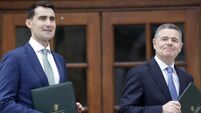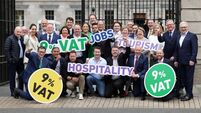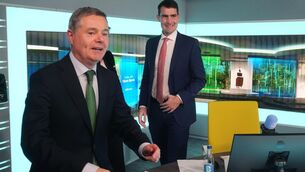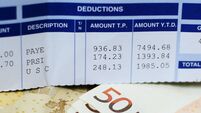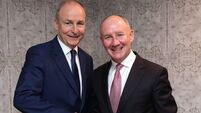ECB communications are getting messy as rate cuts advance
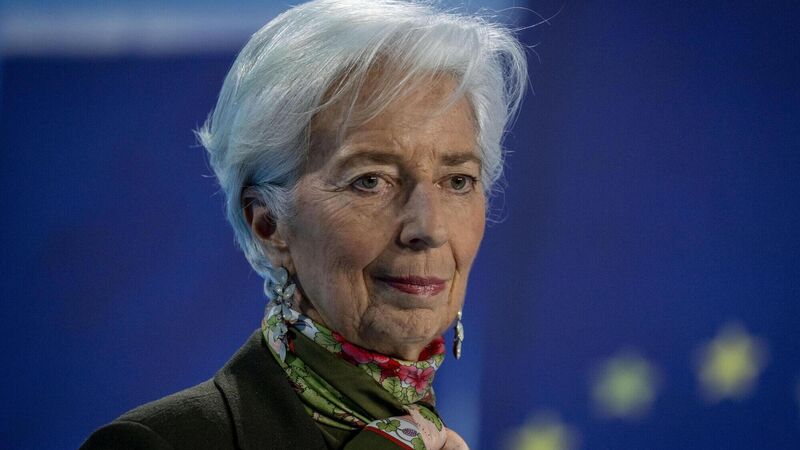
The president of European Central Bank, Christine Lagarde, said: 'You will have people the whole week saying, oh, it should be 50, it should be 25'.
So far, European Central Bank officials have mostly succeeded in steering the eurozone economy towards 2% inflation with a single voice. However, as they circle in on their target, views are set to diverge.
Points of friction were already evident last week in Washington, where policymakers gathered to discuss the state of the world economy and the challenges that might arise.
Opinions — shared in speeches and conversations — varied not only on the path for interest rates ahead, they also differed on how to communicate the ECB’s intentions, risks to the inflation outlook, and quantitative tightening.
That sets up the almost seven weeks until the governing council’s December meeting as a stage for potentially contentious debates.
In the coming days, policymakers will receive inflation data for October and the first glimpse at the economy’s third-quarter performance that’s likely to confirm a recession in Germany.
While their reaction to these reports might offer additional insight into how they currently assess the health of the 20-nation eurozone, certainty over the outcome of their next decision won’t be available for some time — with the November 5 US presidential election creating another element of unease.
Financial markets are priced for some 35-basis points worth of easing in December, suggesting traders are almost equally torn between a regular quarter-point or more aggressive half-point cut.
President Christine Lagarde was one of the first bank officials to take the floor last week, preparing economists and investors for the wide flurry of comments from her peers who were in the US capital to attend the annual meetings of the International Monetary Fund (IMF).
“You will have people the whole week saying, 'oh, it should be 50, it should be 25,'” Lagarde said in a Bloomberg interview.
“No. Direction of travel is clear, the pace to be determined on the basis of backward- and forward-looking element using the three criteria and applying judgment.”
While most officials reiterated that those criteria — the inflation outlook, the strength of underlying price pressures, and policy transmission — would form the foundation for their decision, some seem to have strong preferences.
Bundesbank president Joachim Nagel warned against hurrying too much in lowering borrowing costs.
His Austrian colleague Robert Holzmann said a quarter-point step is “probable” in December, and Lithuania’s Gediminas Simkus argued that, reading the data, “I don’t see a case for 50-basis point cuts".
Policymakers are conscious of the fact that such an acceleration in the pace of easing would come at a cost, signaling a sense of concern on the part of the European Central Bank about the economic outlook that might not be warranted.
ECB chief economist Philip Lane assured worried ears that disinflation in the 20-nation eurozone is on track and its recovery merely delayed.
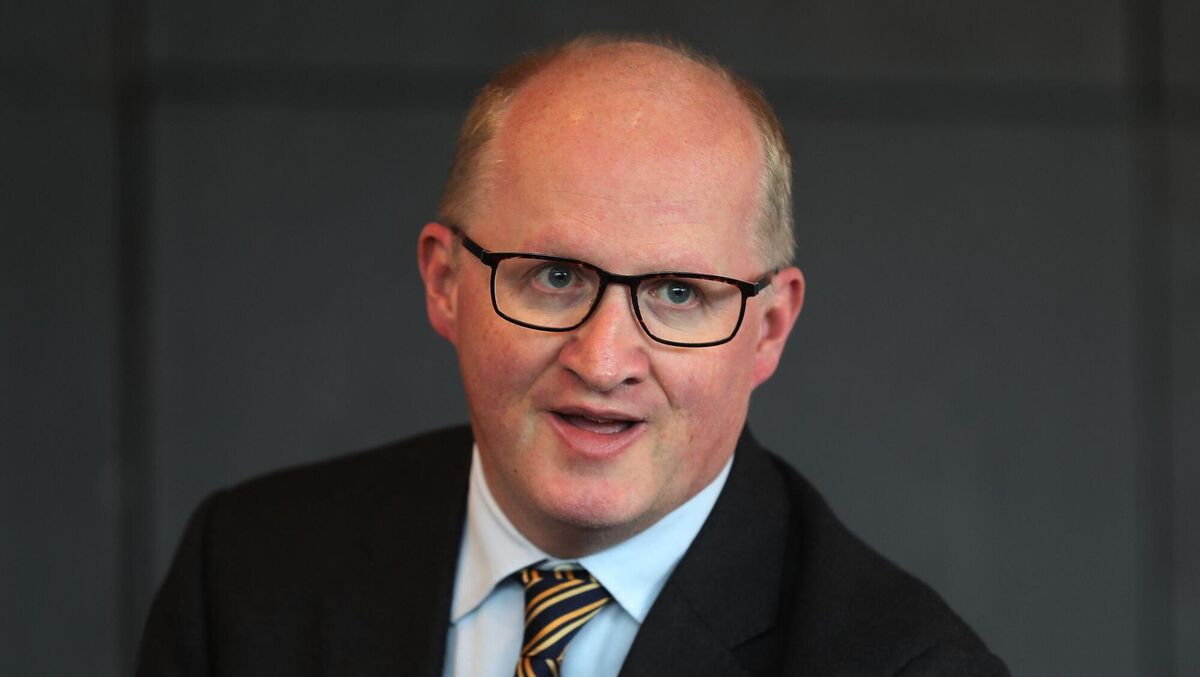
Yet, not everyone shares his assessment wholeheartedly. Some argued that a substantial undershooting of the 2% inflation target is already a real risk.
Others expressed concern that the ECB’s tone is turning too dovish, after Lagarde said at the last press conference there were more downside risks to prices than upside threats — while the mutually agreed monetary policy statement still avoided giving a risk balance.
Belgian central bank chief Pierre Wunsch said he “would not over-dramatise” the recent drop in the inflation rate to 1.7% — the lowest level in more than three years.
At the moment, the ECB says it’ll maintain a restrictive stance as long as needed.
That guidance was already discussed at the last meeting, and is likely to come under close review as early as December.
With some arguing that policy must continue to suppress demand in the face of lingering inflation risks and others ready to signal willingness to support the economy, the outcome depends very much on the new staff projections in December — which, for the first time, include estimates for 2027.
A so-called mechanical update of the September forecast at this month’s meeting suggested a sustainable return to the 2% inflation target in the second quarter of 2025 at the latest.
Abandoning the restrictive guidance might be seen by markets as a signal for more rapid cuts. Ms Lagarde herself called the phrase a “sort of the magic language” and said observers will be very attentive if and when it changes even marginally.
The debate also hinges on where most officials see the neutral rate — an unobservable level that neither damps nor stimulates growth.





